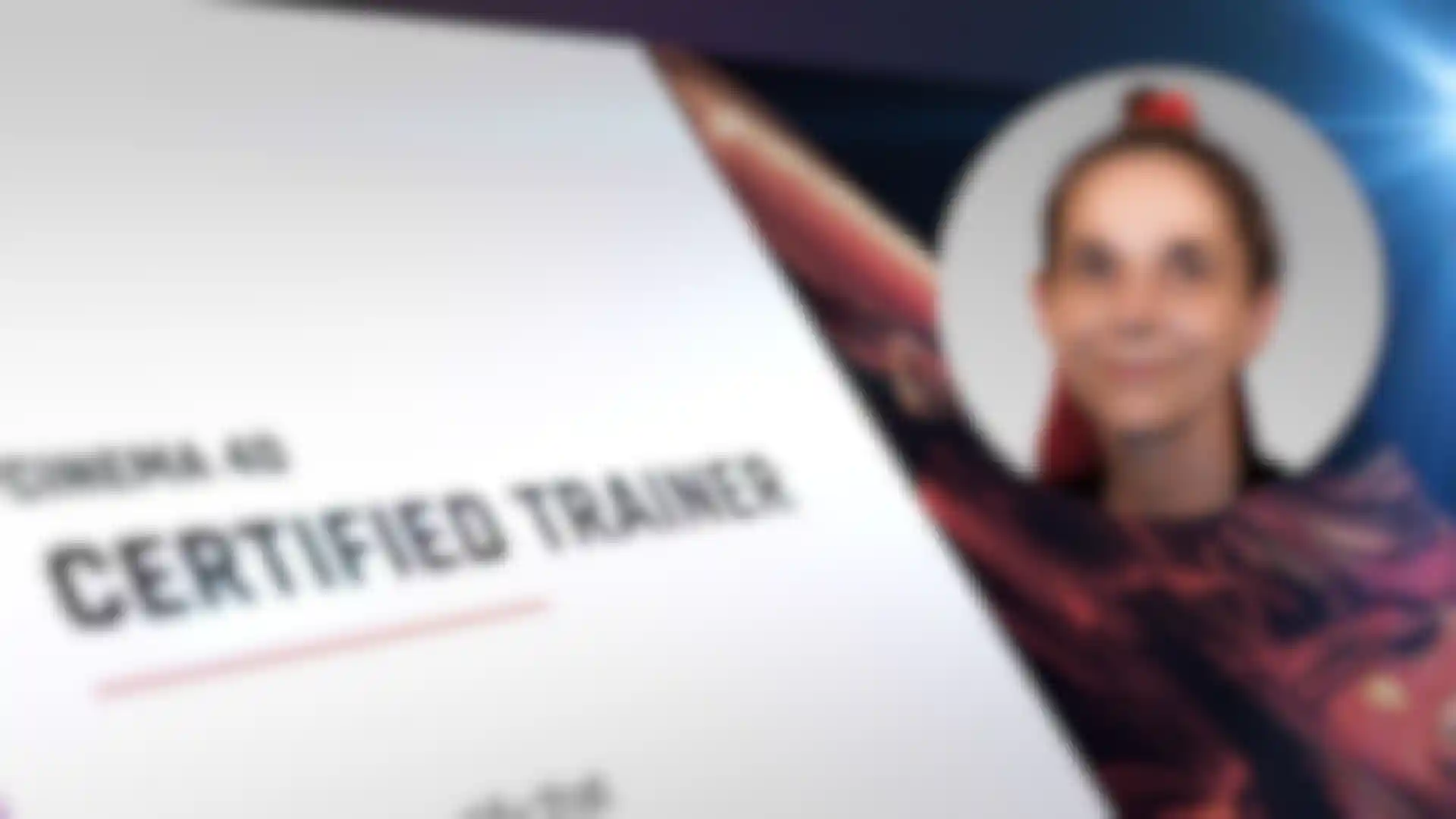
What it Took to Become a Maxon Certified Trainer 3D artist and filmmaker Hanna Nordholt explains why she wanted to be a certified Pro User of Cinema 4D.
Hanna Nordholt is a 3D artist, photographer, curator and lecturer and for years she and her partner, Fritz Steingrobe, have run their own animation studio in Hamburg, Germany. She also enjoys teaching others how to use a wide range of tools, including Cinema 4D at VIONA Online Academy.
So when she found out about Maxon’s Certified Trainer program, she knew it was something that would help her and her students. “I wanted to prove to myself that I meet the VIONA’s expectations for teachers, and I’m glad I can now certify users myself, which is compelling for my students as it supports their careers.
We spoke with Nordholt about her work, her recent presentation at IBC and the process and benefits of becoming a Maxon Certified Trainer.
How did you become a 3D artist?
Nordholt: I studied visual communication at the Academy of Fine Arts in Hamburg and graduated with a diploma in film, specializing in 3D animation. While Fritz was a fantastic illustrator, I had problems with drawing as well as depicting worlds or objects correctly in perspective. Fortunately, I discovered Cinema 4D during my studies and fell in love with this fantastic software.
C4D was very easy to learn and allowed an intuitive workflow, and the viewport enabled me to work like a digital sculptor and overcome my problems with perspective. I owe my first university job to it, and it’s still my favorite software.
Tell us about the presentation you did for IBC in Amsterdam.
Nordholt: My IBC presentation was called “Melody of Images.” That is the subtitle for “Three Graces,” a short film I made with Fritz and I talked about the making of that film, which also allowed me to demonstrate how we visualized music using Cinema 4D‘s sound effector. It was a great honor to be one of the presenters for Maxon!
Talk a bit about your teaching and your animation company.
Nordholt: My live, interactive lessons take place online. I teach a wide variety of topics including XPresso, Thinking Particles, simulations, MoGraph, animation, rigging, C-Motion, facial animation and Redshift rendering.
The work Fritz and I do deals with, among other things, the relationship between science and art and society and media. We don’t tell stories; we try to structure our films more like musical compositions. Our editing techniques are inspired by Eisenstein’s vertical montage, Godard’s “Jump Cut” and William S. Burroughs’ cut-up method.
Tell us about becoming a Maxon Certified Trainer.
Nordholt: I’m grateful and happy to be certified, and I just passed my first trainer recertification. A bachelor’s or master’s degree can be important credentials, but those say nothing about your software knowledge.
I prepared for the exam by going through all the certification topics on Maxon’s website and there are a lot of helpful tutorials on Cineversity and the Maxon Training Team YouTube channel too.
For over a year, I also joined most of the live, online webinars offered by the training team and followed all the C4D quick tips, which are very helpful and not just for certification but improving your skills in general.
Master Trainer Jonas Pilz met me online for the user exam. I had to complete various tasks spontaneously and I was very excited. Jonas helped me calm down with his mild, patient and encouraging manner. I successfully completed the Cinema 4D user exam and the trainer certification and was able to demonstrate my ability to teach.
How does being certified help you in your work?
Nordholt: Being certified has strengthened my self-confidence as an artist. I am also more respected as an artist, and get so many requests for projects, training and lecturing, I have forwarded a few requests to other Maxon trainers and users.
Interested in Maxon’s Trainer or Pro User Certification?
If you are a company looking to make one of your 3D artists an in-house Cinema 4D Champion or a freelancer interested in becoming a certified Cinema 4D Pro User or Trainer, please get in touch with the Maxon Training Team at [email protected] and they’ll get you started.







